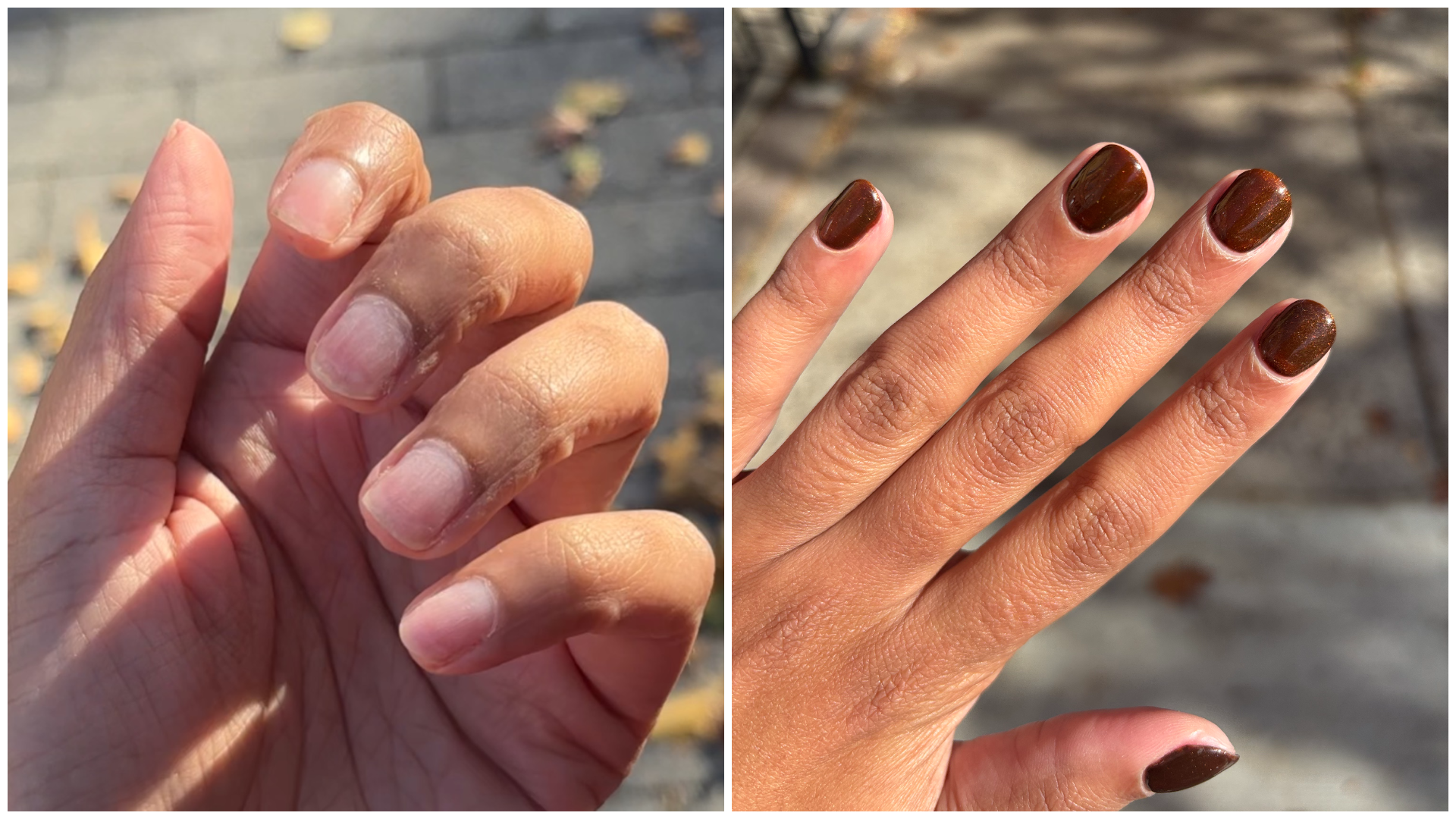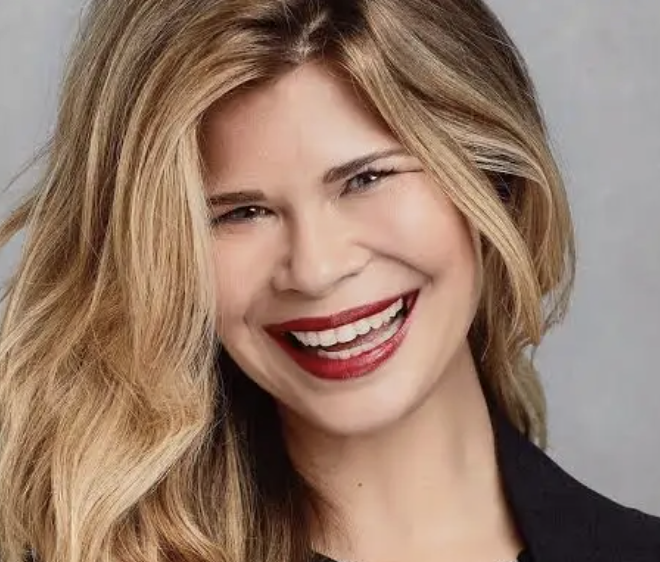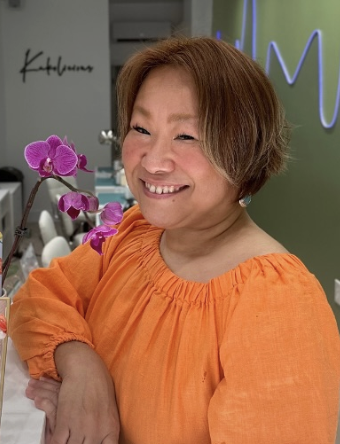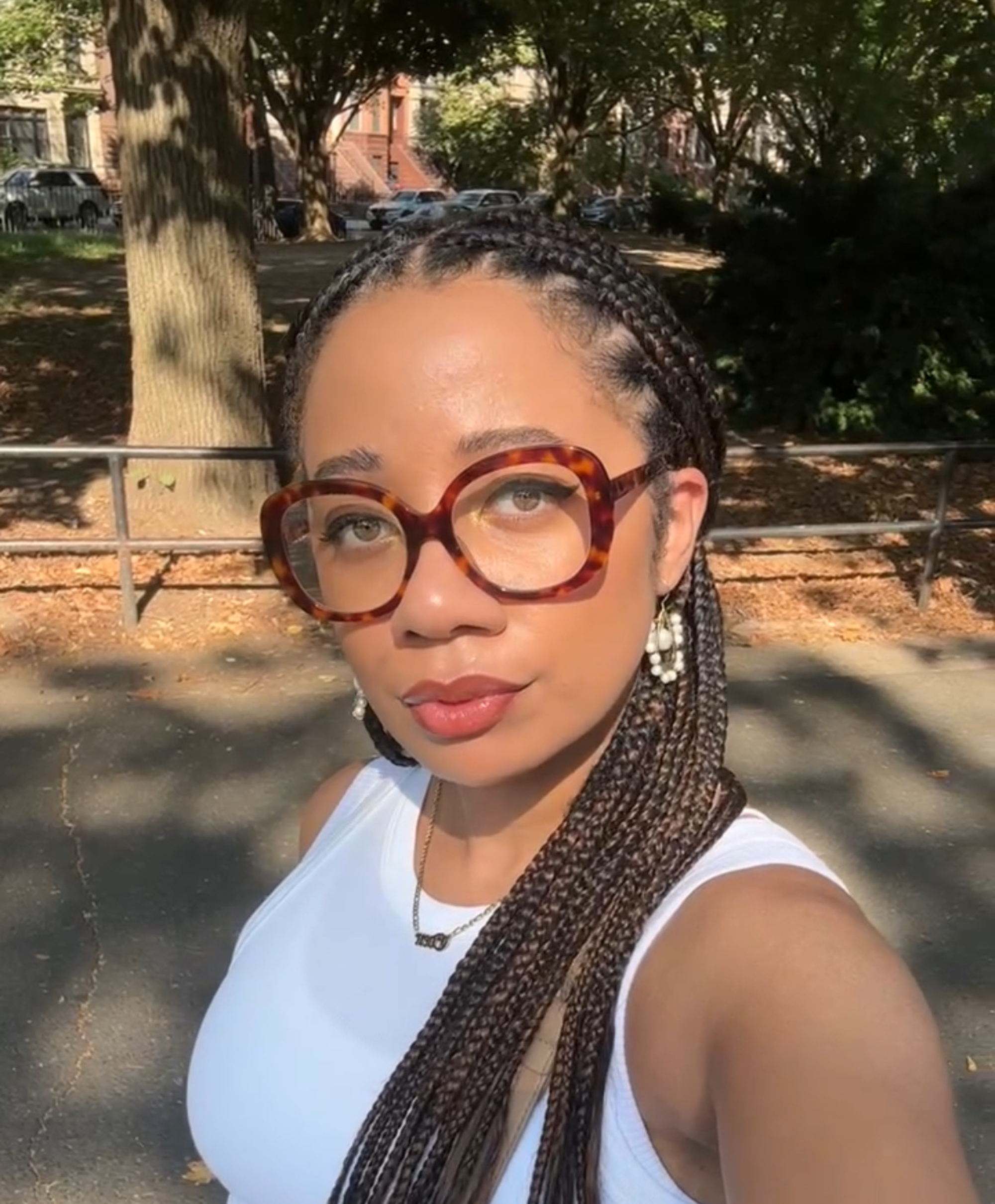Every Beauty Editor I Know Swears By Japanese Gel Manis—Here's Why
Ready for your longest-lasting nails yet?


As a beauty editor, I’m most intrigued by the products and services my colleagues continually return to. In an industry where you’re constantly receiving, testing, and evaluating new products, it oddly takes more effort to stick to what you love. The siren song of opening up that new deep conditioner or booking that just-released skincare treatment can be very hard to resist.
So when Japanese gel manicures started popping up on the IG stories of some of the coolest people in the industry, my interest was immediately piqued. Friends and associates would note how much healthier, stronger, and longer their nails were after several weeks of consistent fill-ins—a very enticing prospect for someone (me) who loves a full set, but consistently finds herself removing them to reveal paper-thin nails.
According to experts, the hype is, in fact, real. “Japanese gels are higher quality, made with mineral-rich formulas that make them durable, long-lasting, and—the best part—easy to soak off as well,” says celebrity nail artist Sarah Chue. “[They’re] well pigmented and, because of that, a little bit goes a long way.” Manicurist Kako Kitano adds: “They are especially favored by clients who want detailed nail art, a healthy nail foundation, and long-lasting results without damage.”
I went to the pros to learn more about this game-changing mani technique. Read on for a complete breakdown of Japanese gel manicures, including what makes them different from standard gel manis, the process, and how (or should I say "if"?) they can improve the health of your nails.
What Is Japanese Gel?
Japanese gel originates from (you guessed it) Japan, and is known for “exceptional adhesion, flexibility, and high-quality ingredients,” says Kitano. “Unlike standard gel polishes, Japanese gels are highly pigmented, self-leveling, and formulated to create a natural yet durable finish.”
How Is Japanese Gel Different From Regular Gel?
Digging in more on the formula, with Japanese gel, you’re getting “high-grade resin,” says Chue. “Japanese gels are often solvent-free, or have significantly [fewer solvents] in them” than the gel polishes we’re used to in the U.S., explains celebrity manicurist Julie Kandalec. (Solvents are materials that dissolve quickly; hence why Japanese gels are more durable.) Plus, thanks to the emphasis on nail health, “some brands contain nourishing ingredients like vitamins, minerals, keratin, and/or botanicals.”
There’s also the packaging. Japanese gel typically comes in a pot, not a bottle. This gives the artist a bit more freedom and flexibility when it comes to their nail art brushes, says Kandelec; think an oval brush for a full nail, an angled brush for a French mani, or a detail brush for nail art. Just like with makeup brushes, having the correct brush for your nails can make a major difference in the end result.
Get exclusive access to fashion and beauty trends, hot-off-the-press celebrity news, and more.
A post shared by KAKOLICIOUS NAIL ART STUDIO (@kakolicious_nyc)
A photo posted by on
The Japanese Gel Process
In general, when you get a Japanese gel manicure, you can expect a similar experience to the gel manis you’ve gotten in the past—just with different tools and an enhanced focus on the prep work. “A Japanese gel service focuses on meticulous nail prep and natural nail health,” says Kandalec.
“After shaping the nail, cleaning the cuticles, and a light buff and cleanse, you apply the base gel–thinly is the key,” explains Chue. “Then you go for two coats of the color; again, thinly, because the pigment is strong and viscosity often thicker. Cure in between each coat. Then top it off with a thin layer of top gel coat.”

I went to try out a Japanese gel manicure. These are my before and after results.
Is Japanese Gel Better For Your Nails?
Ultimately, the experts say maintaining nail health comes down to proper application and removal. “No manicure means a thing if it's being harshly removed, like over-filing over the real nail [and] thinning it out,” says Chue. “That is where the damage is done.”
That said, Japanese gel does have some marked advantages: Namely, the lightweight, flexible formula that moves with the nail (reducing the odds of breakage) and the ease of filling in. With a fill-in, your manicurist will file off just the top layers of the mani, including the color, and “fill in” the new growth. ”The fill-in method means there’s no repeated soaking in acetone, which can dry and weaken the nails,” says Kitano.
“Over time, nails tend to grow stronger because the natural nail isn’t being over-filed or stripped,” Kitano explains. “Many clients who struggled with peeling, cracking, or weak nails find their nail health improves significantly with Japanese gel.”
How Long Does Japanese Gel Last?
With the right application, your Japanese gel manicure could last you over a month. Since “Japanese gel is formulated to flex with your natural nail and maintain structure–which prevents lifting and chipping–with proper prep, a structured base, and correct curing, clients usually enjoy four to six weeks of wear with strong retention and minimal damage,” says Kitano. “Many of my clients come every four or five weeks and still have intact gel with healthy growth.”
How Do I Remove Japanese Gel?
Yet another commonality between Japanese gel manis and your standard American set? “The general removal steps are about the same: File the top coat down and wrap in foil soaked with acetone,” Kandelec says. “However, due to the higher level of pigment, Japanese gels take longer to soak off. With bottled gels, you might want to file the top 20-30 percent off, and then soak the rest. With Japanese gels, it would be faster and more efficient to file off about 80 percent of the product,” then soak off the rest.
Though again, you might not want to take them off at all. As Kandalec notes, you do have the option of a fill-in, “versus doing a full soak off and reapplication each time, to preserve the health of the nail.”
How Much Does a Japanese Gel Manicure Cost?
All these advantages do come at a price. “I would expect a client to pay a minimum of $60 for a single color in smaller markets, and $100 and up in larger markets,” says Kandalec. “Add nail art and it can go up to $250 or more, especially if length is added.” According to Kitano, you can typically expect to pay $80-$120 for a basic Japanese gel mani (think solid colors and/or no extensions) in a major city like New York.
But remember: You get what you pay for. “It’s a premium service because it’s more labor-intensive, uses high-quality imported materials, and requires advanced training,” says Kitano.
Can You DIY a Japanese Gel Manicure?
While there are many gel systems available to consumers, if you want a Japanese gel mani, you’re better off booking an appointment with a pro. “The technique requires advanced prep, precise cuticle work, and sculpting a structured base to protect the natural nails,” explains Kitano. Japanese gels are professional-grade and highly pigmented, so without proper training and curing technique, it’s easy to over-file, apply incorrectly, or trap product near the cuticle—leading to lifting, breakage, or even infection. For healthy nails and the signature long-lasting result, it’s best performed by a trained Japanese gel specialist.
Why Trust Marie Claire
For more than 30 years, Marie Claire has been an internationally recognized destination for news, fashion and beauty trends, investigative packages, and more. When it comes to the products Marie Claire recommends, we take your faith in us seriously. Every product that we feature comes personally recommended by a Marie Claire writer or editor, or by an expert we’ve spoken to firsthand.
Meet the Experts

Julie Kandalec is a celebrity manicurist and educator based in New York City.

Sarah Chue is a Los Angeles-based celebrity and editorial nail artist.

Kako Kitano is a manicurist and the founder of Kakolicious Nails in New York City.

Eden Stuart is a Brooklyn-based writer and editor with more than a decade of experience, most recently as a beauty editor at Byrdie.
After beginning her career as an assistant editor with a regional lifestyle magazine in her native Virginia, Eden decided to try her luck in the Big Apple. She soon landed a job as a news editor with a leading beauty B2B media company, eventually climbing the ranks to assistant managing editor. She left the B2B space to join Byrdie, where she tackled everything from skincare explainers and nail galleries to celebrity interviews and personal essays for nearly five years.